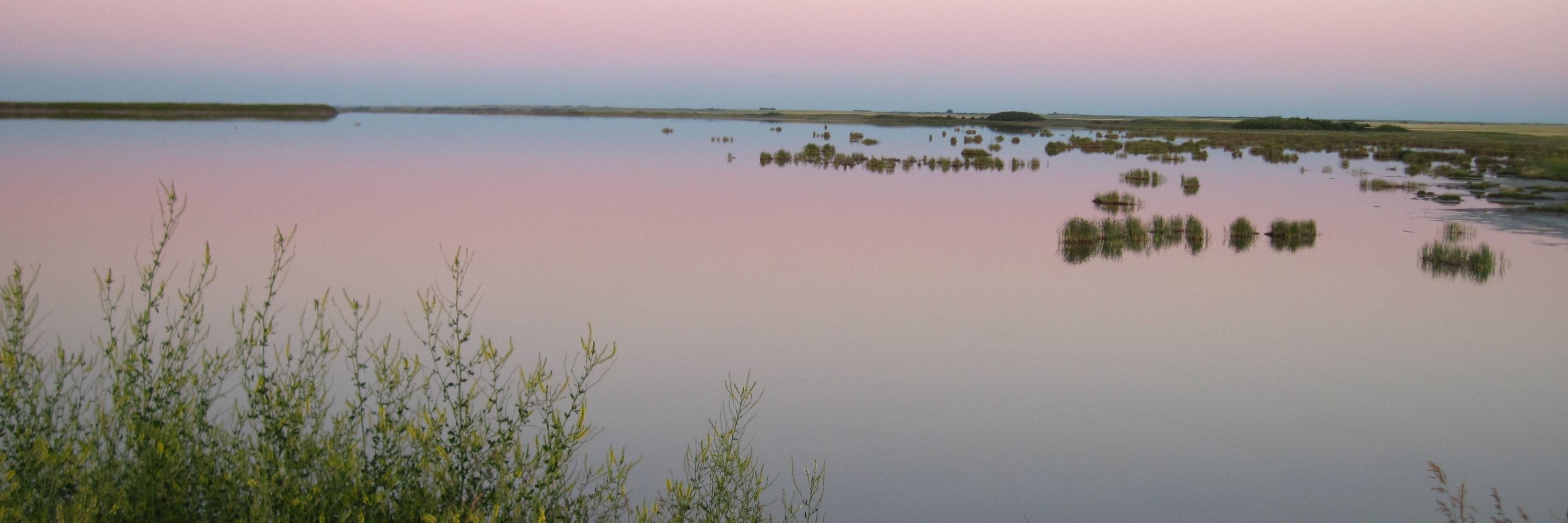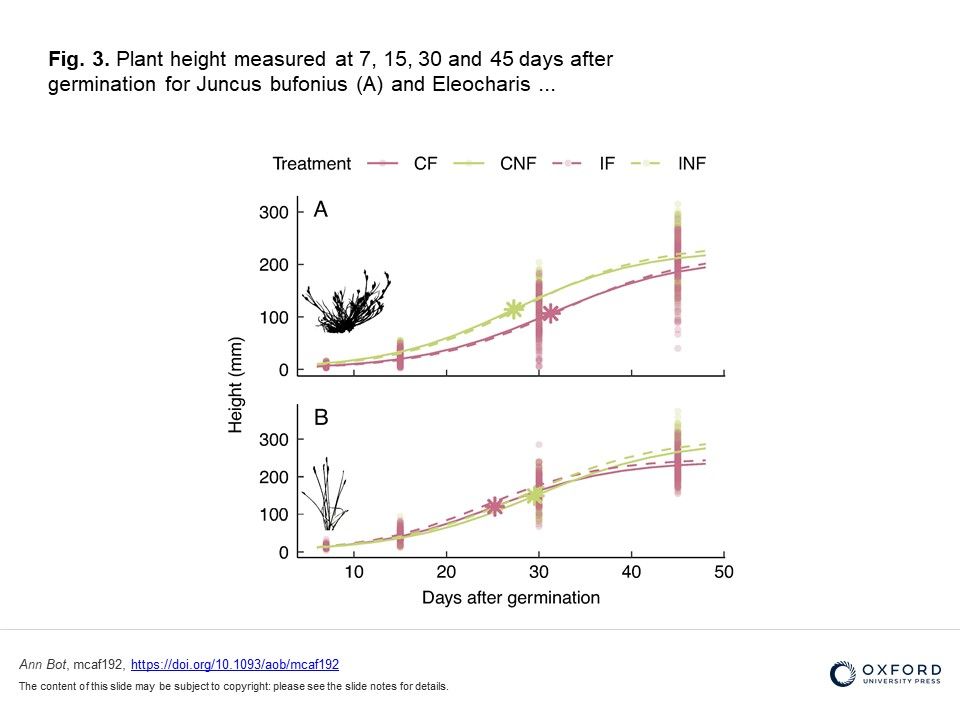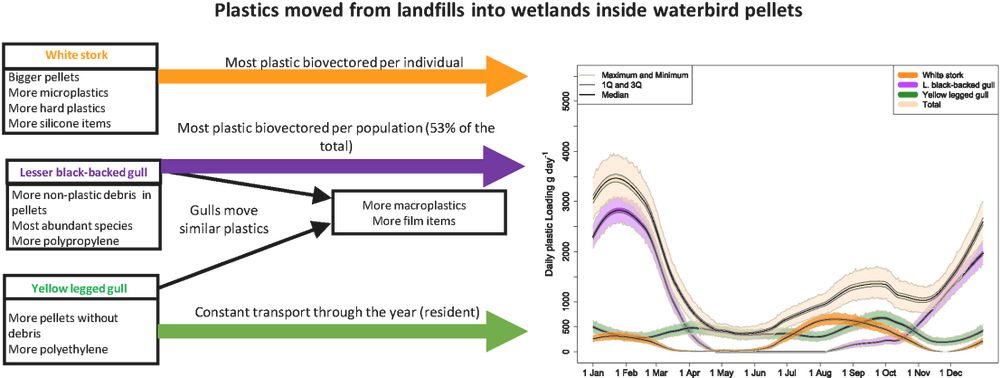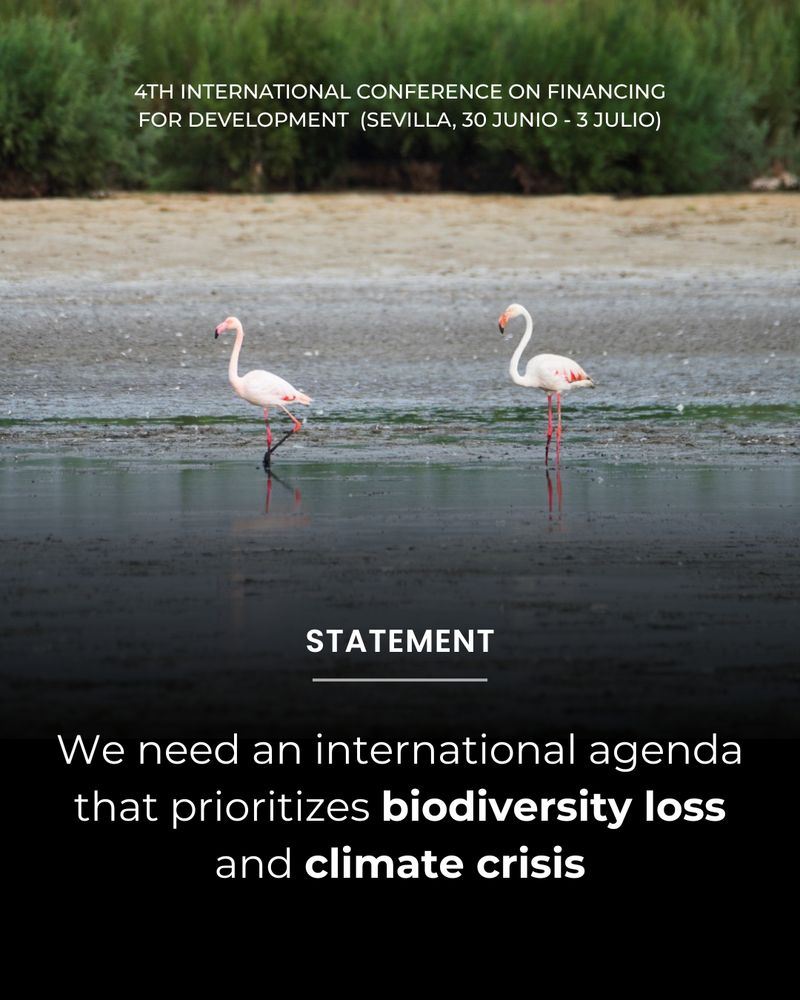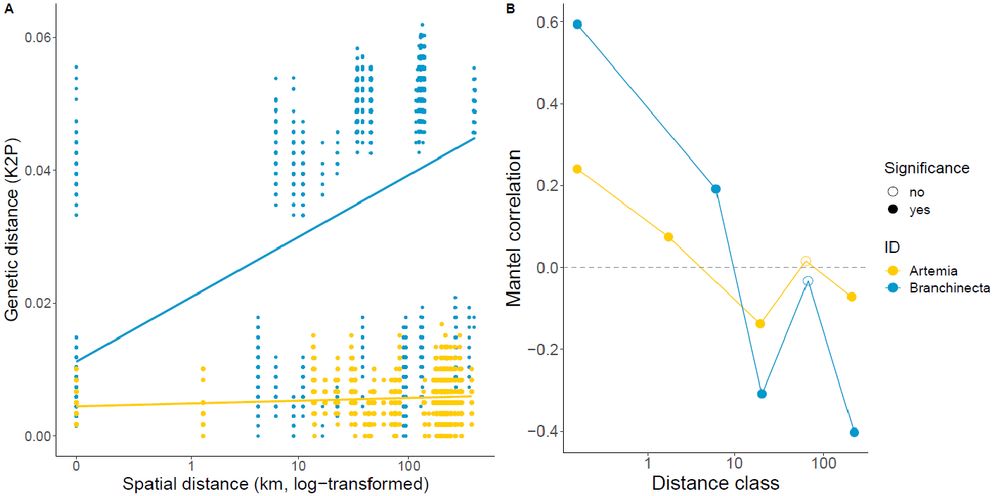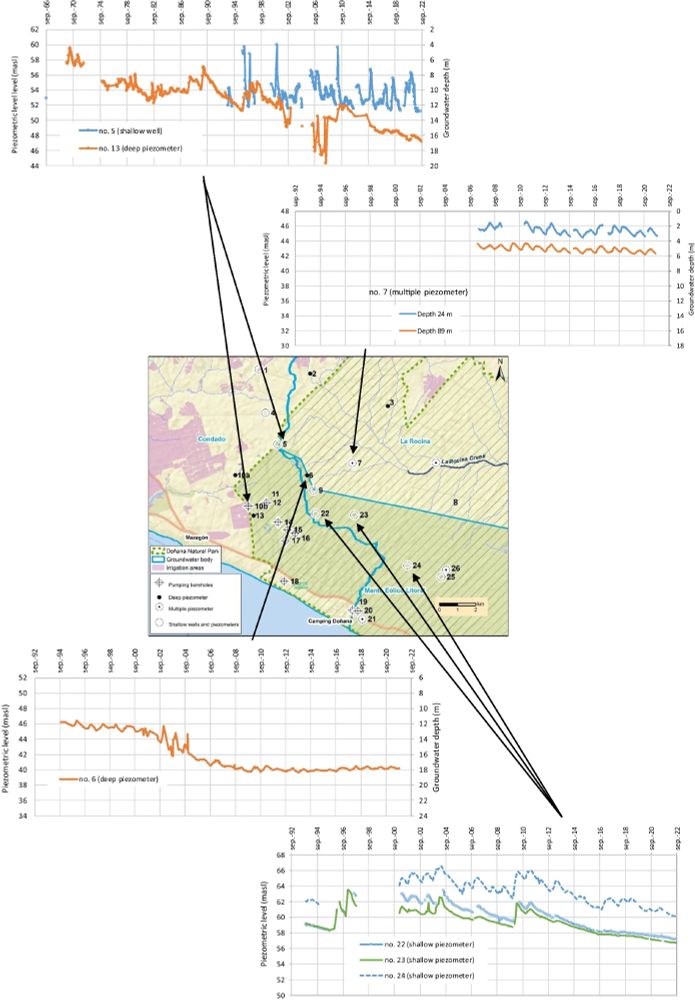Andy J. Green
@drandygreen.bsky.social
450 followers
160 following
880 posts
Professor in ecology at CSIC, mainly researching into wetland ecology, especially waterbirds and dispersal processes (e.g. seed dispersal, AMR, plastics). Mancunian. Alumnus of Magdalen and Wolfson Colleges
https://www.researchgate.net/profile/Andy-Green-7
Posts
Media
Videos
Starter Packs
Pinned
Reposted by Andy J. Green
Reposted by Andy J. Green
Reposted by Andy J. Green
Reposted by Andy J. Green
Reposted by Andy J. Green
Andy J. Green
@drandygreen.bsky.social
· May 21

Anostracans from North American lakes show unclear phylogenetic relationships between taxa and distinctive dispersal patterns
Dispersal is essential for all organisms to colonize new areas. Like many other aquatic invertebrates, Anostraca (Crustacea) disperse passively as dormant fertilized eggs. Here, we first study the ...
www.tandfonline.com
Reposted by Andy J. Green
Reposted by Andy J. Green
Reposted by Andy J. Green
